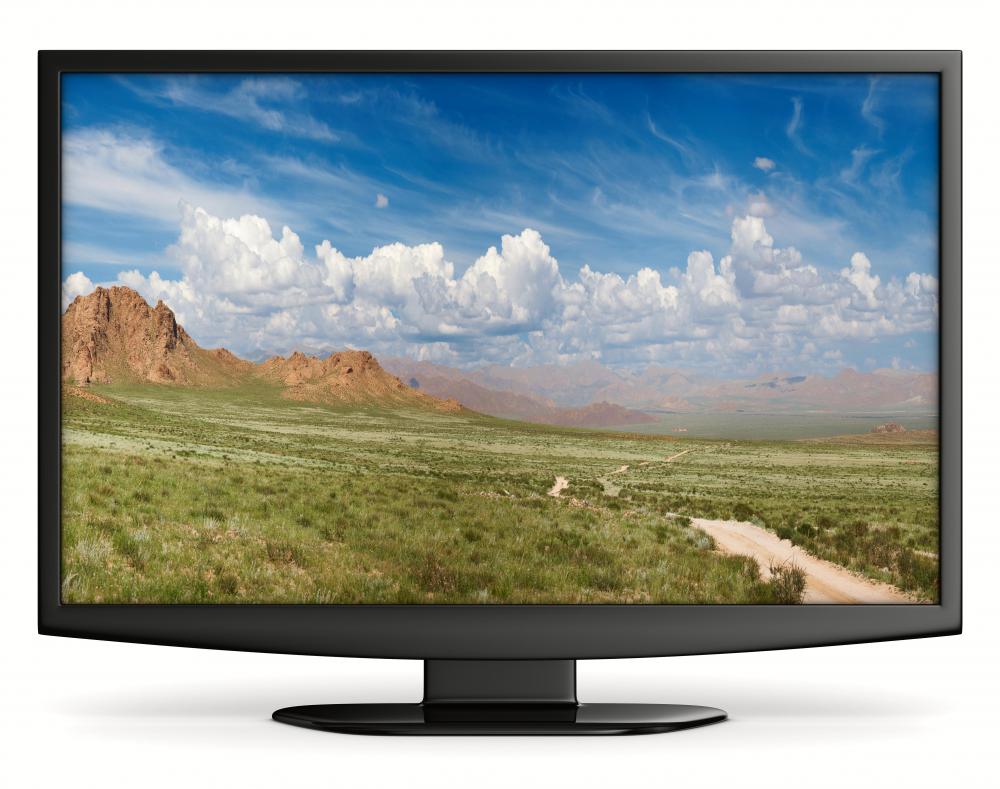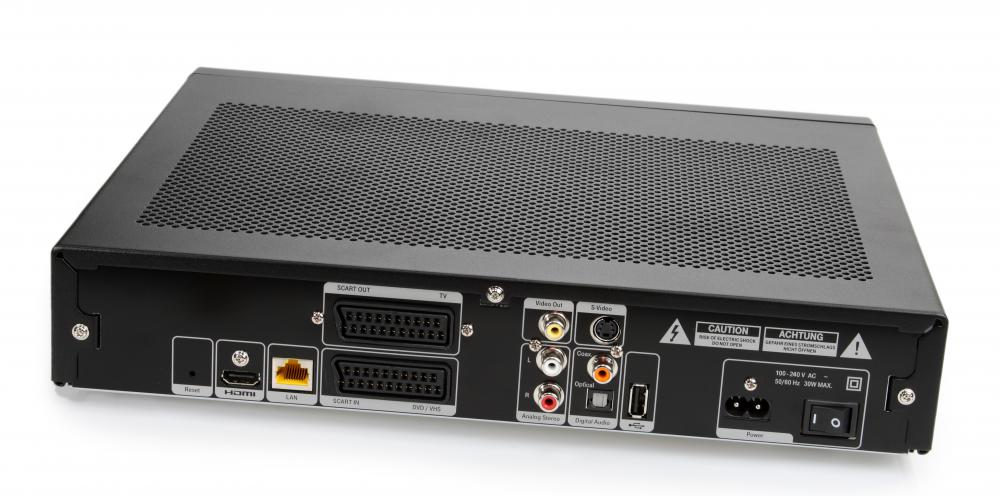At WiseGEEK, we're committed to delivering accurate, trustworthy information. Our expert-authored content is rigorously fact-checked and sourced from credible authorities. Discover how we uphold the highest standards in providing you with reliable knowledge.
Is Wireless HDMI® Available?
Wireless HDMI® (High Definition Multimedia Interface) technology is currently available. Wireless HDMI® standards were set in July 2003 by several manufacturers which means that compatibility shouldn't be an issue so long as there is an HDMI® plug. Some companies, however, have set up proprietary wireless HDMI® technology which means that the right wireless HDMI® technology must be used with the right High Definition (HD) equipment. Many HD devices are expected to be wireless capable by 2008.
HDMI® is a digital audio and video interface that can transmit uncompressed streaming data. The wired version connects two digital audio and video components, such as a DVD player and a High Definition television (HDTV). Wireless HDMI® is the same thing only without the cord.

Wireless HDMI® is expected to improve HD. The transmitter is a small black box, the size of a laptop which will likely shrink in size as the technology improves. Data will be sent from the transmitter through the airwaves to the receiver where the video and audio will be decompressed and then sent through the HDMI® port to the displaying device.
Data can be transmitted through wireless HDMI® at the rate of 3GB per second. The transmitter compresses data using an impression compression standard that is based on JPEG algorithm technology, which is used for compressing pictures for a wide range of uses from medical images to personal pictures.

The transmitter and receiver in the wireless HDMI® system will not need a direct line of sight. In fact, they can be in different rooms or different floors and still be capable of beaming data to each other. Both devices usually must be within 15 feet (4.6 meters). An UWB adapter could be used to extend that distance to up to 100 feet (30.5 meters). HD entertainment and control data could be sent to eight wireless lines or LAN connected receivers.
AS FEATURED ON:
AS FEATURED ON:













Discussion Comments
It would be great to have a live visual and audio social network using HDMI technology. I wonder if someone will ever get something like that working.
@GigaGold
True, it may be that there are a lot of obstacles to overcome, but the greatest barrier to making ideas like this into realities is not big companies, as you suggest, but people's fear of trying and lack of entrepreneurship. It is the people of ideas and action who will shape the success of the future and get the world out of an economic slump.
@BioNerd
I think this is a wild dream. Skype has its issues, and the best television software is still quite lacking. The fact that so many media and internet monopolies exist means that it will be nearly impossible for ideas like this to ever make headway.
I think I can tell that technology is going the direction of a mass-produced teleconference and skyping television application. Soon, we will be able to make HD calls to friends around the world and communicate with old friends in real time, with visualization and audio that is so crisp, it will seem as though they are actually there in front of our face.
Post your comments